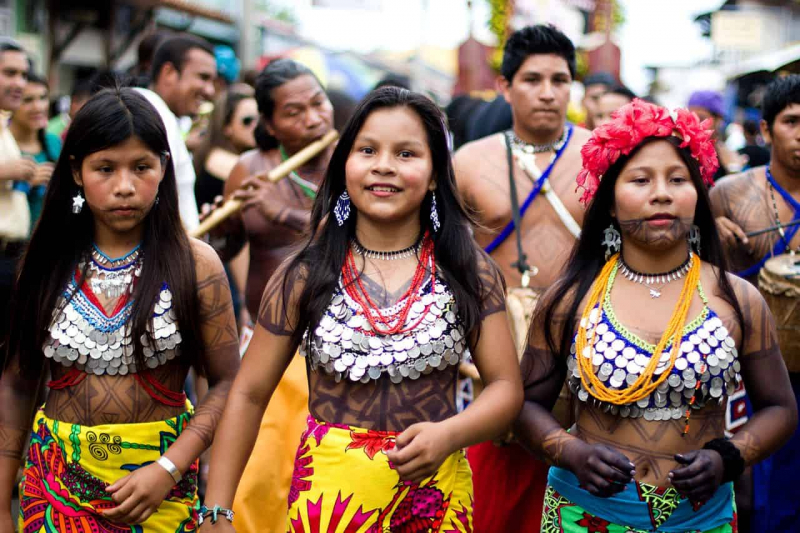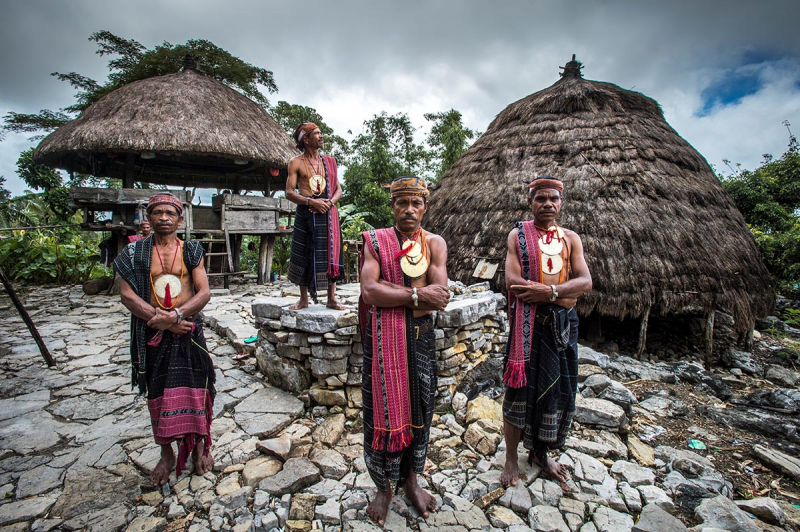Indigenous Cultures

Although indigenous people make up less than 4% of Colombia's population, divided into around 87 separate indigenous tribes, this is a rich and diversified variety of civilizations with a long and diverse history. Please keep in mind that these are individuals, so respect their traditions and privacy, and always try to plan a visit with locals.
The Wiwa is one of four indigenous peoples who live in the Sierra Nevada de Santa Marta mountain range. The ethnic is more involved in tourism than many of their local counterparts, and they even own a company that organizes excursions to the Lost City, one of their most sacred sites. Wiwa Tour provides a unique perspective on any journey to the Lost City, and all of the guides are native Wiwa people who know considerably more about the place than any outside guide could.
The Guajira Desert-dwelling Wayuu people are Colombia's largest indigenous community. Over 150,000 Wayuu reside in the harsh northern deserts near the Venezuelan border, and they have suffered greatly as a people as a result of the region's droughts, along with decades of state neglect. Many Wayuu is understandably apprehensive of outsiders, but you may learn more about their very unique culture by visiting a rancheria, which is a traditional Wayuu residence, many of which have been converted into tourist hotels. Rancheria Utta is the best of the bunch, where you can learn about traditional dance, attire, and the traditions of producing the renowned Wayuu bags.
Furthermore, Puinave is an indigenous group from Guainia's eastern Amazonian region. Although their culture remains somewhat isolated, the Puinave community of El Remanso's location alongside the ancient rocky Mavecure Hills in the Guainia forests has brought them closer to tourism. They also lack professional tourism infrastructure, but local Puinave people serve as guides on walks up the ancient rocks and are eager to discuss their culture and tell stories about their myths and legends and how they are linked to the hills.











